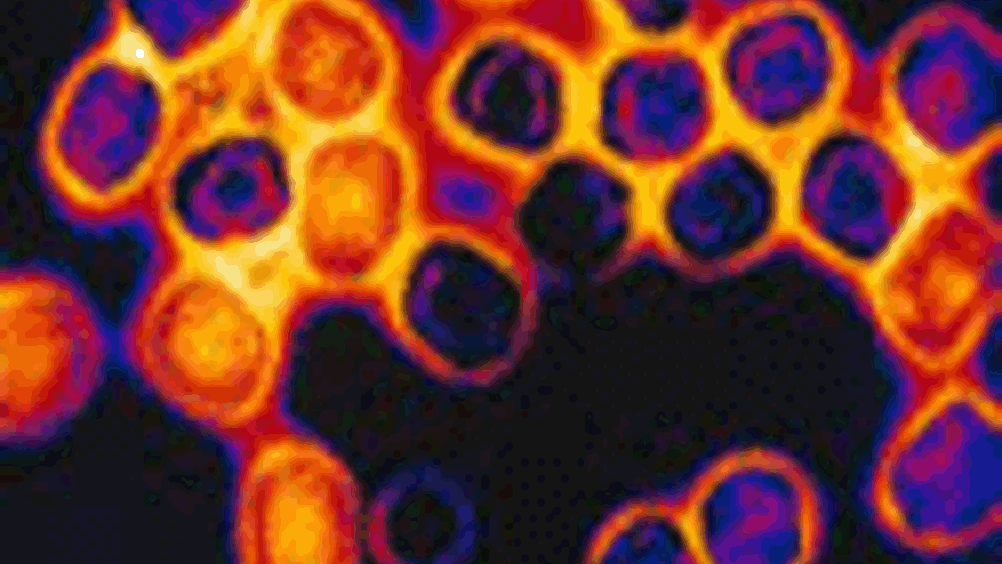Viruses detected in 60 seconds

Using nanotechnology, a team of
In addition to saving time, the technique – which is detailed in the November issue of the journal Nano Letters – could save lives by rapidly detecting a naturally occurring disease outbreak or bioterrorism attack.
‘It saves days to weeks,’ said lead author Ralph Tripp, Georgia Research Alliance Eminent Scholar in Vaccine Development at the UGA College of Veterinary Medicine. ‘You could actually apply it to a person walking off a plane and know if they’re infected.’
The technique, called surface enhanced Raman spectroscopy (SERS), works by measuring the change in frequency of a near-infrared laser as it scatters off viral DNA or RNA. This change in frequency, named the Raman shift for the scientist who discovered it in 1928, is as distinct as a fingerprint.
Register now to continue reading
Thanks for visiting The Engineer. You’ve now reached your monthly limit of news stories. Register for free to unlock unlimited access to all of our news coverage, as well as premium content including opinion, in-depth features and special reports.
Benefits of registering
-
In-depth insights and coverage of key emerging trends
-
Unrestricted access to special reports throughout the year
-
Daily technology news delivered straight to your inbox










Water Sector Talent Exodus Could Cripple The Sector
Maybe if things are essential for the running of a country and we want to pay a fair price we should be running these utilities on a not for profit...